Resistance training is a fancy way to say “weight training.” But, there’s a lot more to it than just lifting weights in the gym. You can do a lot of the same compound movements in the comfort of your own home, with little to no equipment.
So let’s dive in.
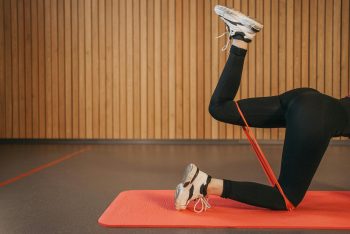
Pexels
What is resistance training?
Resistance training, also known as strength or weight training, involves exercises that make your muscles work against a force. This force can be your body weight, resistance bands, or weights like dumbbells and kettlebells. The goal is to increase muscle strength, endurance, and size.
The benefits of resistance training
Builds muscle and strength
Regular resistance training helps build and maintain muscle mass, which is essential for overall strength and physical function. Whether you’re carrying groceries or lifting your kids, strong muscles make everyday tasks easier.
Boosts metabolism
Muscle tissue burns more calories at rest than fat tissue. By increasing your muscle mass through resistance training, you can boost your metabolism and burn more calories throughout the day.
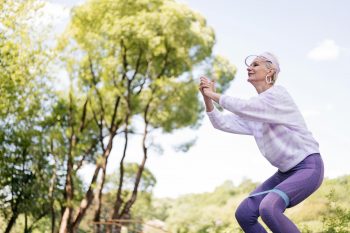
Pexels
Improves bone health
Resistance training puts stress on your bones, which helps increase bone density and reduce the risk of osteoporosis. Stronger bones mean a reduced risk of fractures and injuries.
Enhances mental health
Exercise, including resistance training, releases endorphins, which are natural mood lifters. It can also reduce symptoms of anxiety and depression, providing a mental health boost along with physical benefits.
Increases flexibility and balance
Certain resistance exercises improve your flexibility and balance, which can help prevent falls and improve your overall coordination.
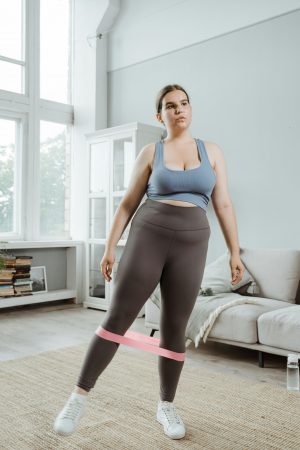
Pexels
Easy ways to do resistance training at home
Bodyweight exercises
No equipment? No problem! Bodyweight exercises are a fantastic way to start resistance training. Here are a few to get you going:
Push-ups; for upper body strength
- Start in a plank position with your hands shoulder-width apart.
- Lower your body until your chest nearly touches the floor.
- Push back up to the starting position. Repeat.
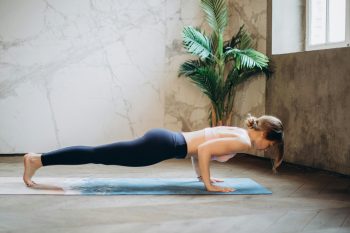
Pexels
Squats; are perfect for the legs and glutes.
- Stand with your feet shoulder-width apart.
- Lower your body as if sitting back into a chair, keeping your knees behind your toes.
- Rise back up to the starting position. Repeat.
Planks; Excellent for core stability.
- Start in a forearm plank position, keeping your body in a straight line from head to heels.
- Hold this position, engaging your core, for as long as possible.
Lunges; Fantastic for balance and leg strength.
- Stand tall with your feet together.
- Step forward with one leg and lower your body until both knees are at 90-degree angles.
- Push back up to the starting position. Repeat on the other leg.
Resistance bands
Resistance bands are affordable, portable, and versatile. They come in various resistance levels and can be used for a full-body workout. Try these exercises:
Bicep curls; for arm strength.
- Stand on the band with feet shoulder-width apart, holding a handle in each hand.
- Curl your hands towards your shoulders.
- Lower back down. Repeat.
Resistance band rows; To target your back.
- Secure the band at a low point, hold the handles, and step back to create tension.
- Pull the handles towards your waist, squeezing your shoulder blades together.
- Return to the starting position. Repeat.
Leg Presses; For lower body strength.
- Lie on your back with the band looped around your feet.
- Press your feet out, extending your legs.
- Return to the starting position. Repeat.
Band pull-aparts; To improve shoulder strength and posture.
- Hold the band with both hands in front of you, arms extended.
- Pull the band apart by moving your hands outward.
- Return to the starting position. Repeat.
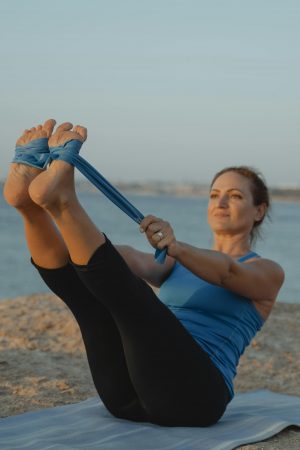
Pexels
Household Items
Get creative with items around your house. Cans of soup, water bottles, or even bags of rice can serve as weights. Try:
Overhead presses: Using water bottles.
- Stand with feet shoulder-width apart, holding a water bottle in each hand at shoulder height.
- Press the bottles overhead until your arms are fully extended.
- Lower back to shoulder height. Repeat.
Tricep dips: Using a sturdy chair.
- Sit on the edge of a chair, hands gripping the edge beside your hips.
- Slide your butt off the chair and lower your body until your elbows are at 90 degrees.
- Push back up to the starting position. Repeat.
Weighted squats: Holding bags of rice or cans.
- Hold a bag of rice or a can in each hand at your sides.
- Perform a squat as described above.
- Return to standing. Repeat.
How to incorporate resistance training into a busy routine
1. Short sessions
You don’t need an hour-long session to see the benefits. Short, intense workouts can be just as effective. Aim for 20-30 minutes of resistance training a few times a week.
2. Combine with other activities
Incorporate resistance training into other parts of your day. Do squats while watching TV, calf raises while brushing your teeth, or tricep dips during work breaks.
3. Morning workouts
Start your day with a quick resistance workout. It boosts your energy and sets a positive tone for the day. Plus, you’ll have it out of the way early!
4. Set a schedule
Consistency is key. Schedule your workouts like any other important appointment. Whether it’s three times a week or daily, find a routine that works for you and stick to it.
ALSO SEE:
Featured Image: Pexels

